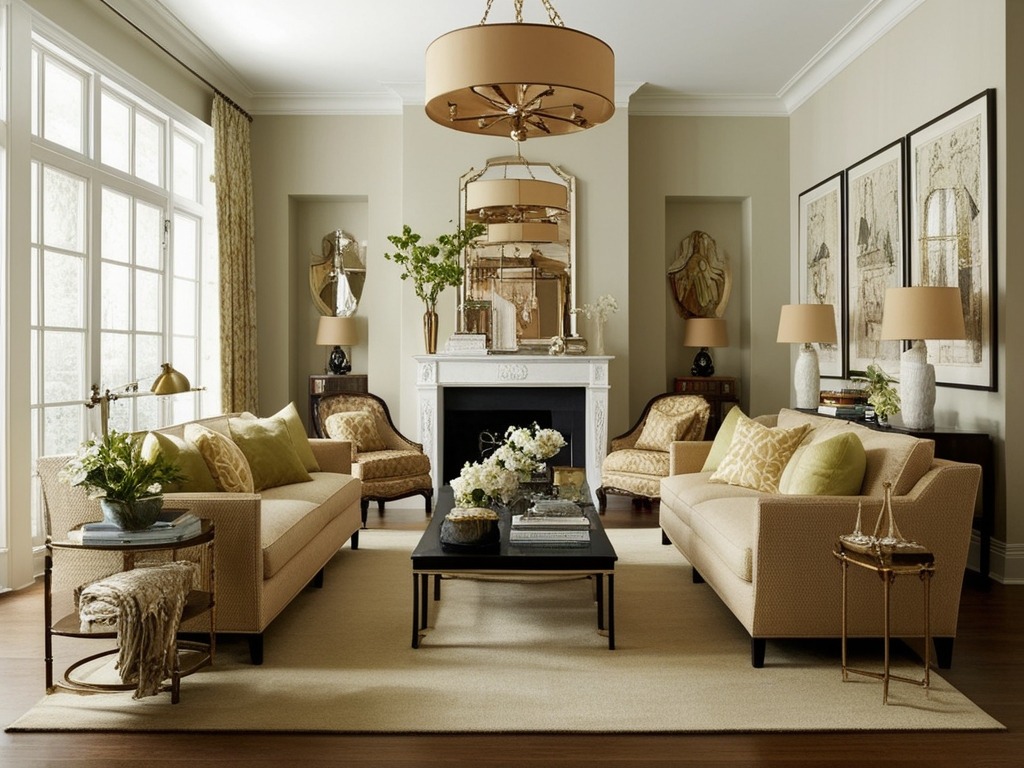
Introduction: The Art of Room Design with Furniture
Designing a room is an art form that transcends mere functionality; it requires a balance of aesthetics, purpose, and personal expression. Every piece of furniture tells a story—its shape, texture, and color contribute to the overall narrative of the space.
When approaching room design, consider not just how these elements fit together but how they reflect your unique style and lifestyle. This harmonious blend can transform a mere collection of items into an evocative atmosphere that resonates with those who enter.
Think beyond conventional layouts and imagine how furniture can create fluid transitions between different zones within a room. For instance, using open shelving as both storage and display can delineate spaces without imposing physical barriers.
As you curate your collection, pay attention to scale and proportion; oversized pieces in small rooms or delicate furnishings in large spaces can throw off balance.
Embrace versatility by selecting multifunctional furniture that adapts to various needs—an ottoman that serves as both a footrest and extra seating opens up possibilities for engaging social gatherings while maintaining visual harmony.
Ultimately, the goal is to cultivate a space where each item invites connection rather than distraction—a sanctuary tailor-made for life’s moments.
Understand Your Space and Layout
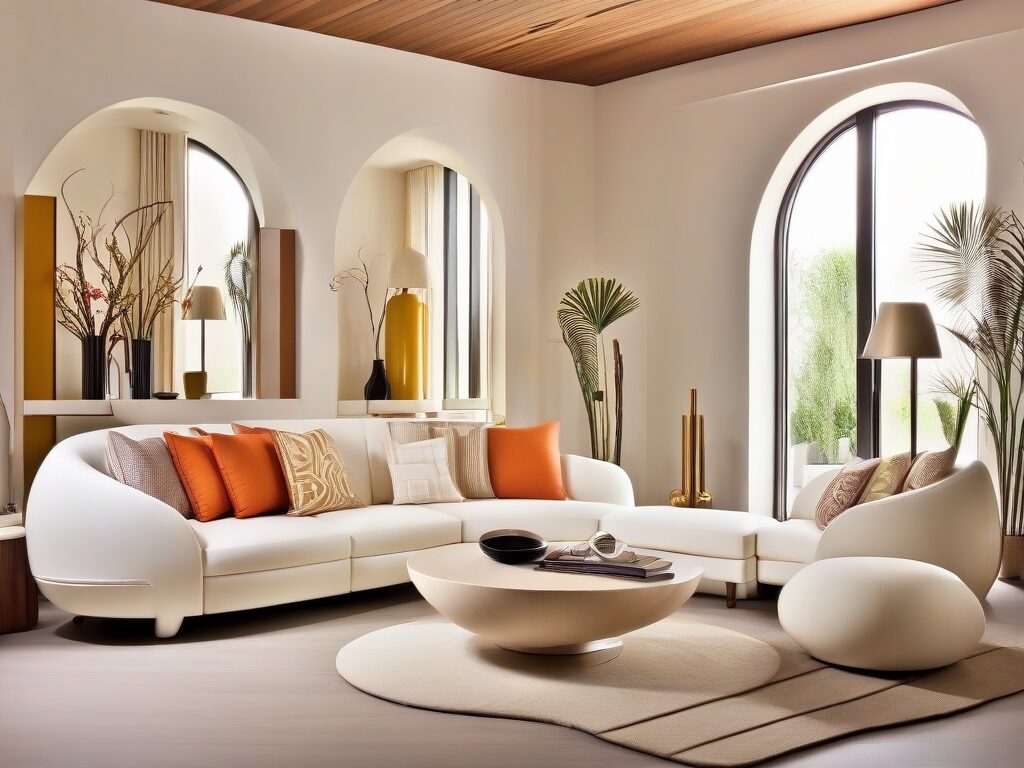
Understanding your space and layout is essential for effective room design. Consider the dimensions of your room not just in terms of square footage, but also in relation to natural light sources, pathways for movement, and existing architectural features. Envision how each piece of furniture can complement these elements; a well-placed sofa can create intimacy while allowing for fluid transitions among areas.
As you map out the arrangement, think about zoning your layout according to functionality. For instance, designate areas for relaxation, social interaction, or work tasks by strategically placing items that cater to these activities—like a cozy reading nook near a window or a stylish coffee table at the heart of your conversation area.
Embrace the idea that open spaces can foster connection while distinct zones offer a sense of tranquility; both filled with intentional choices that enrich aesthetic appeal and practical use. By delving into these considerations with creativity and purpose, you not only enhance visual harmony but also curate an environment that speaks to how you truly live within it.
Select Furniture Styles That Complement Each Other
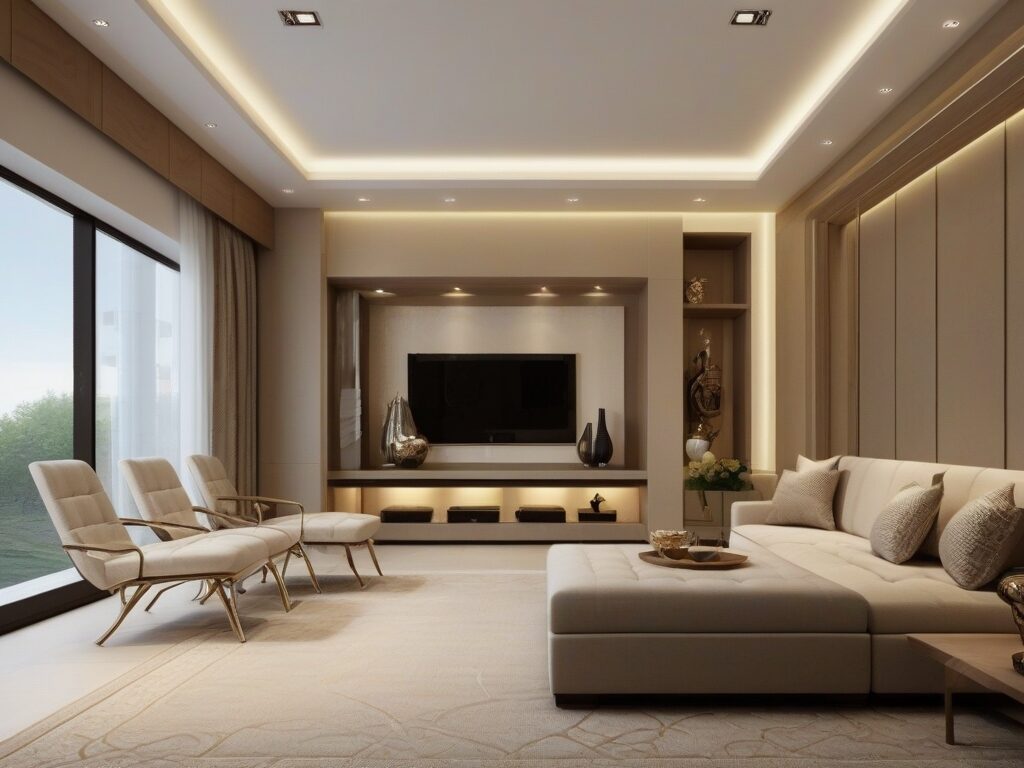
Mixing furniture styles can create a dynamic and visually appealing space, but it requires a keen eye for balance. Consider incorporating complementary pieces from different eras; for example, pairing mid-century modern chairs with a rustic farmhouse table can evoke warmth and sophistication simultaneously. The clean lines of the modern design will contrast beautifully with the organic textures of rustic wood, creating an inviting yet intriguing atmosphere.
When selecting colors and materials, look for common threads that bind your chosen styles together. A color palette derived from one style can harmonize two distinct aesthetics; muted tones found in bohemian decor might pair incredibly well with sleek Scandinavian designs.
Textures also play a vital role—soft textiles like velvet or wool draped over minimalist furniture can soften sharp angles while inviting comfort into the room. Ultimately, blending styles is about curating intentional contrasts that evoke both unity and diversity throughout your space.
Consider Functionality and Flow in Design
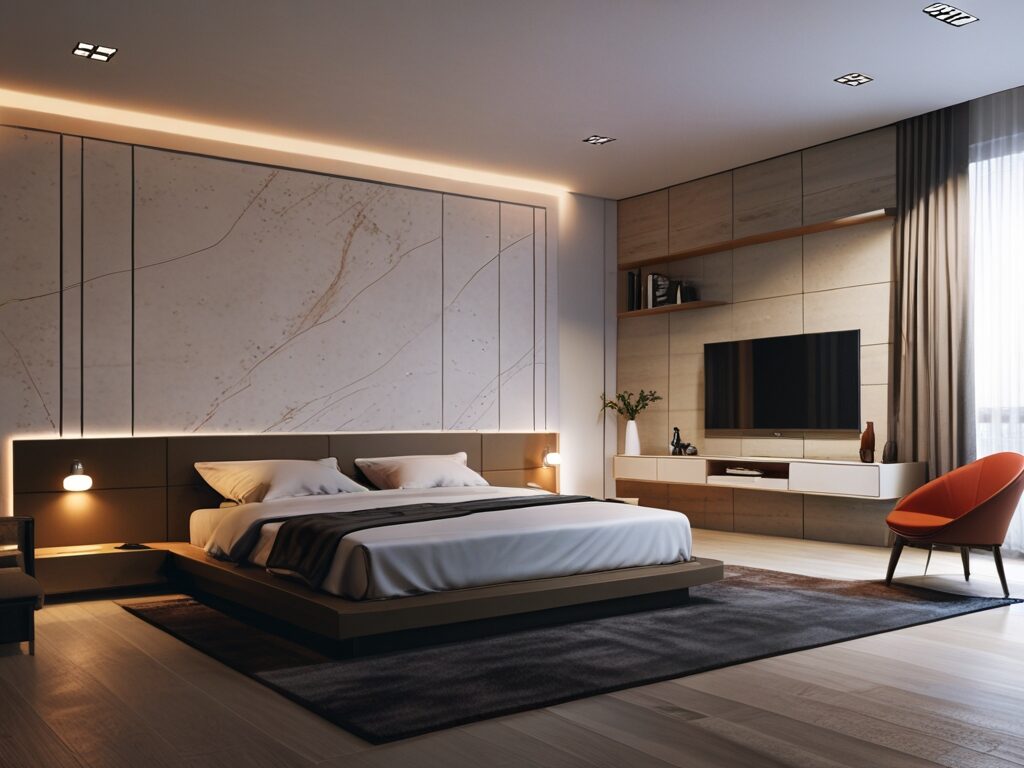
When designing a room, functionality should be the bedrock upon which all other elements are built. It’s crucial to ask not just how a space looks, but how it will be used daily. For instance, consider the flow of movement in the room: Can you easily navigate through it?
Are furniture pieces arranged to facilitate conversation or activity? By centering your design around natural pathways and ensuring adequate space between furnishings, you create an environment that feels inviting and practical.
Moreover, incorporating multi-functional furniture can enhance both aesthetics and usability. A sleek coffee table that doubles as storage or a sofa bed can maximize limited space while adding character to your decor.
These thoughtful choices stimulate not only efficient use of space but also encourage creative explorations within the room. Ultimately, when functionality is harmonized with visual appeal, your design transcends mere decoration—it becomes a living testament to comfort and intent, shaping experiences rather than simply providing utility.
10 unique ideas to design your room with furniture
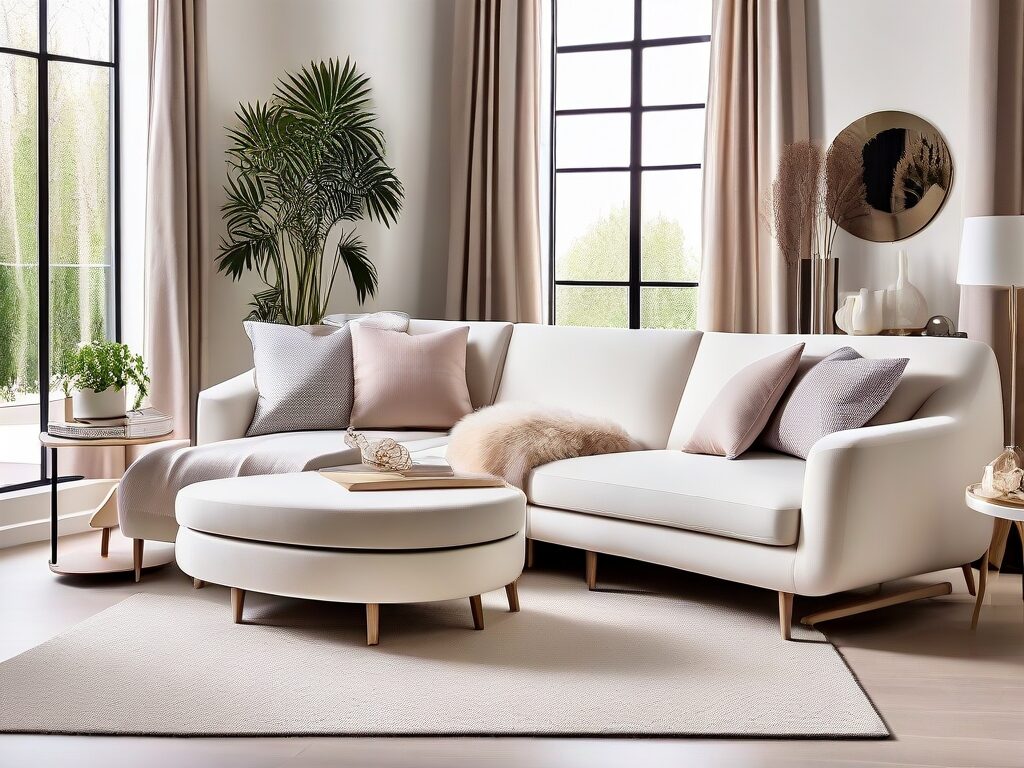
Here are 10 tips on how to design a room with furniture:
- It is better to go for decorative furniture than functional furniture. There are many different decorative pieces of furniture which is to give a good touch to the room.
- Choosing natural materials and colors is very important for any design.
- Maintain the surfaces of all the furniture at all times. When the desk is laid down on the top of the bed, the sofa should be taken off, the drawer also needs to be taken off. Do not touch the floor with the table-clock as it might cause a ripple.
- The height of the room should be not underestimated. Most of the bedrooms have a walled bedroom area, and it is also a need for a cabinet. Some floors only accommodate an overhead wardrobe, some stairs are only suited for sitting, the front door of the house is seldom taken out.
- There are many design schemes that make the room attractive and really effective. There are many design schemes which all possible solutions are not but this is a mistake that many make to move on. Any mistakes will be easily forgiven if it is not done on your next design scheme.
- Though the size of the room is larger than on the ground floor, if the furniture is not placed the right way, it will always create a sense of unease. Do not be left sitting in front of the bed or something when you are not meant to be in the room.
- The seat of the chair should be comfortable enough so as the backrest will be positioned at the right place and can provide comfort. The height of the chair should not be two feet past the ground floor as any floor can give you a good feel.
- Most of the furniture should not have a door to make it easier to access the lounge, guest room, or any other space. One of the design schemes provides you with floor-to-ceiling shelving that can organize things easily, but I prefer choosing a vertical arrangement or to have a lofted arrangement. It is a cheap space and will also give you a pretty view of the suite.
- If you are thinking of creating a separate wall dedicated to a painting, a photo, or a mirror table, it will work well. Try to have 24” vertical angled vases to fit a paint scheme, use a vanity that has a separate entry that is lined with a small mirror, the mirror can be placed under the table at the same angle.
- Although you cannot afford to place your whole room wall to wall with furniture, having 20” walls can make the space feel more appropriate.
Conclusion: Creating Your Ideal Living Space
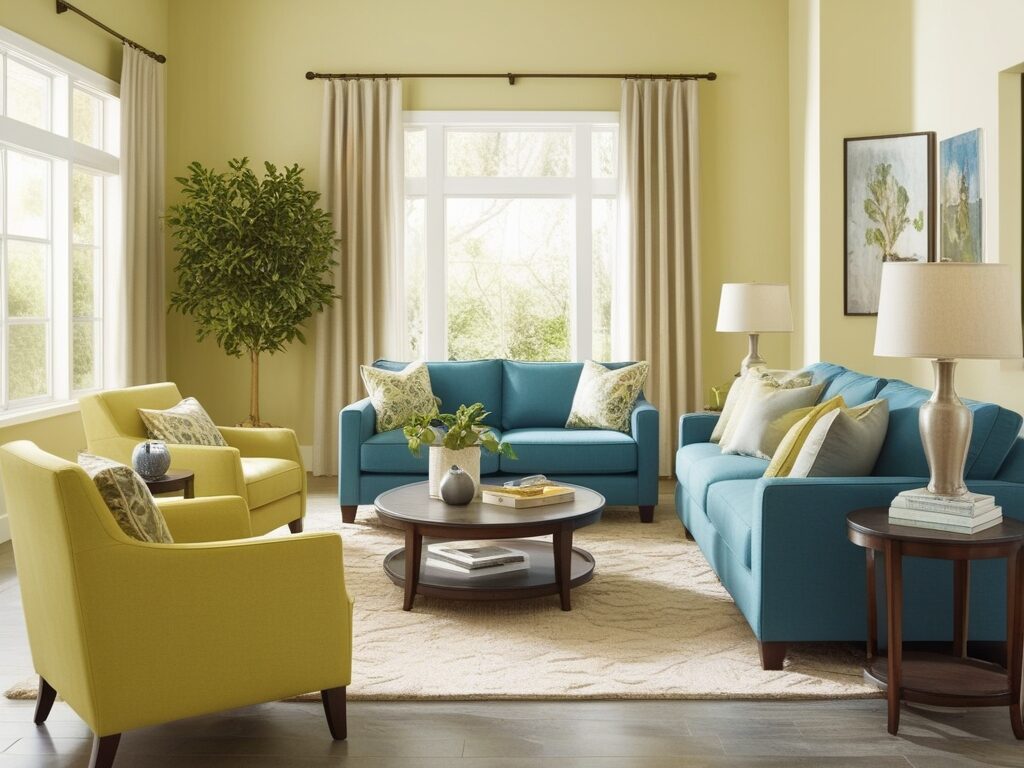
In crafting your ideal living space, it’s essential to remember that design is not merely about aesthetics; it’s a reflection of your personality and lifestyle. Begin by considering how each piece of furniture contributes to the overall narrative of your home.
Instead of following fleeting trends, choose items that resonate with you on a deeper level, harmonizing comfort with form and function. This personalized approach transforms living spaces into rich tapestry layers—each element telling its own story while seamlessly blending into the whole.
Moreover, don’t overlook the transformative power of lighting and textures in completing your vision. Different light sources can dramatically shift the mood of a room—soft warm tones can invite relaxation, while bright, cooler lights energize a workspace. Experiment with various textiles to add warmth and depth; think plush throws or intricate rugs that beckon one to linger longer in cozy corners.
Remember, it’s these thoughtful details that elevate a well-designed room from simply being visually pleasing to truly feeling like home. Embrace this journey as both an art form and an exploration of self-expression; ultimately, it’s about curating a sanctuary where every corner resonates with joy and tranquility.



